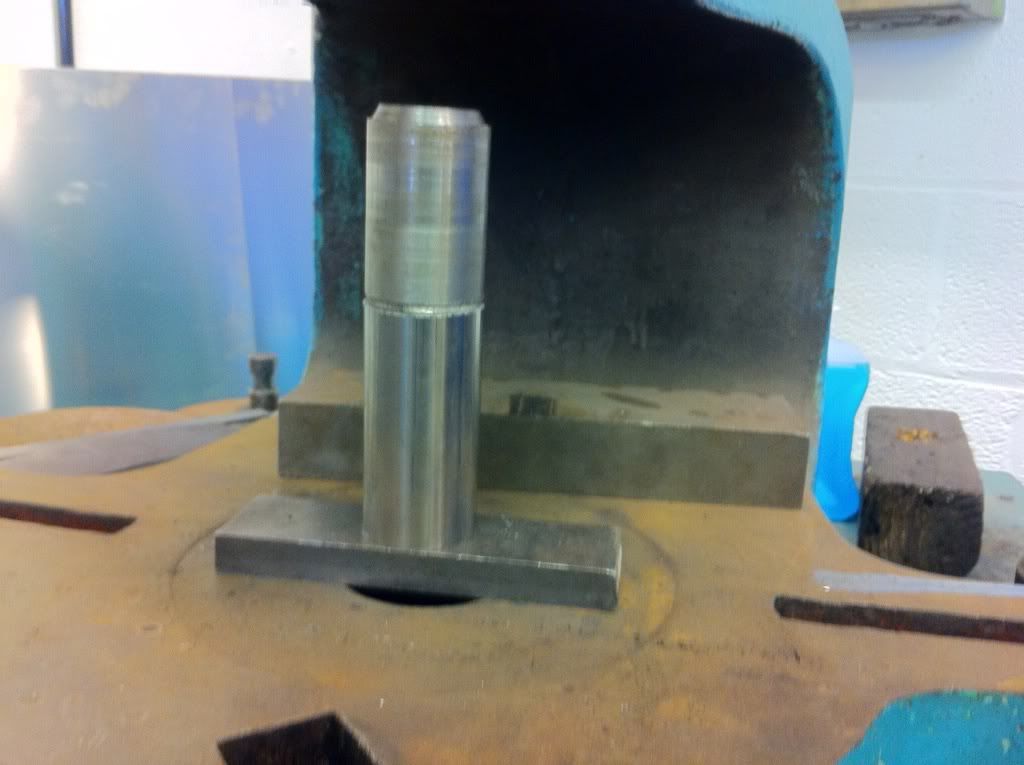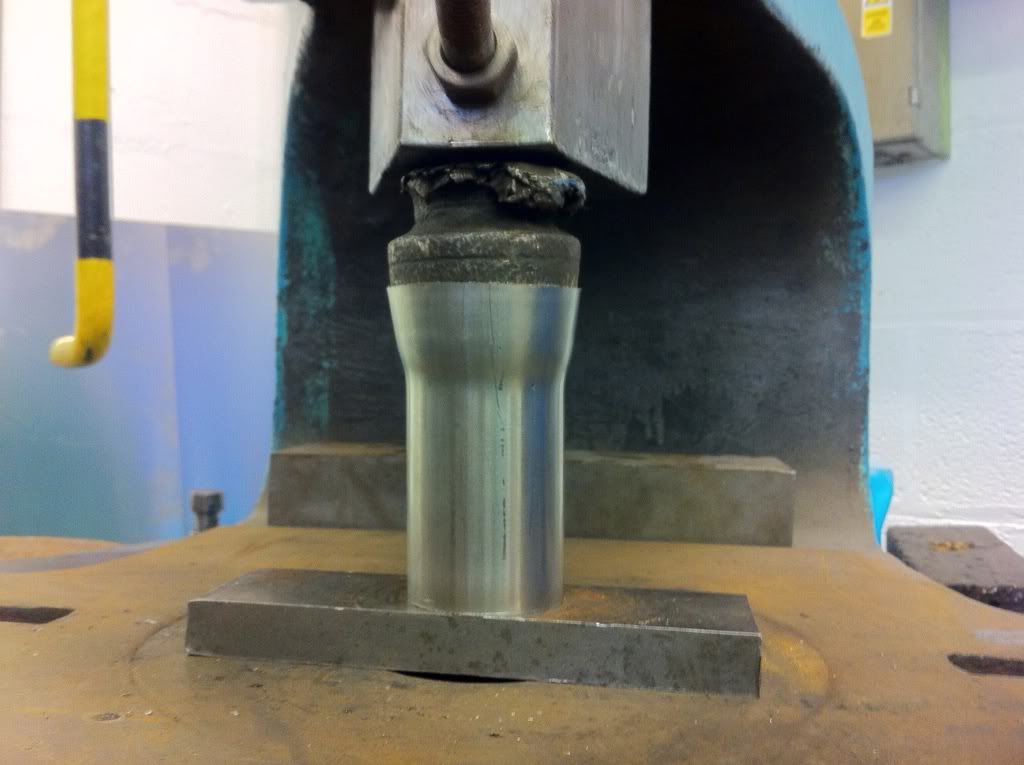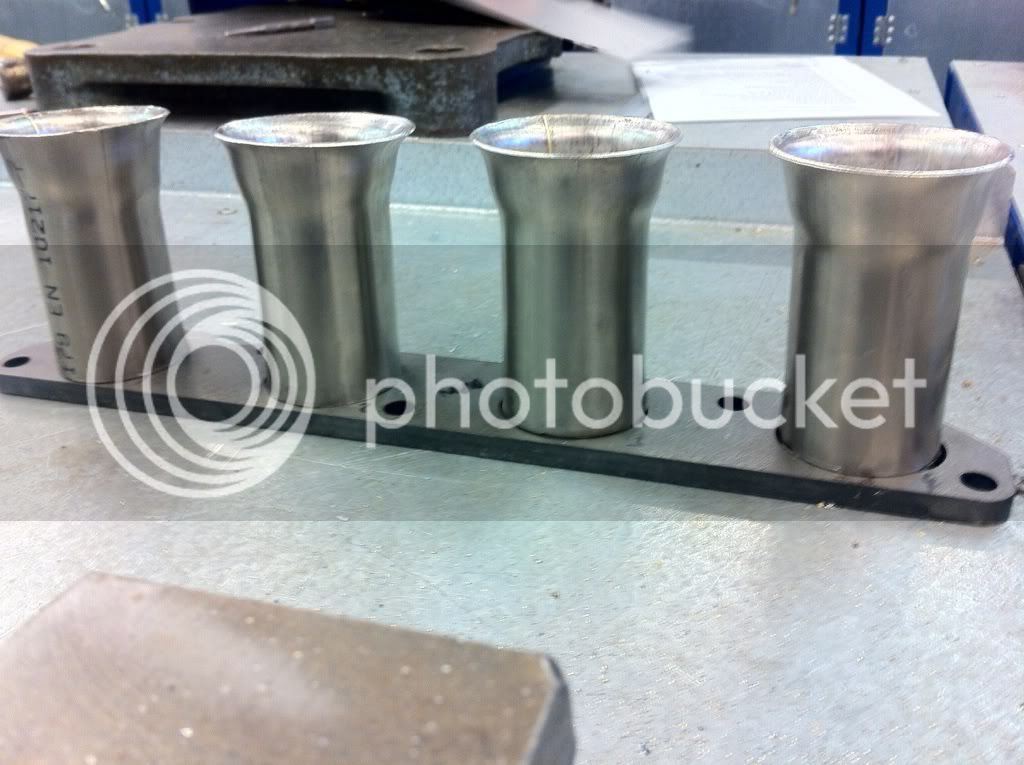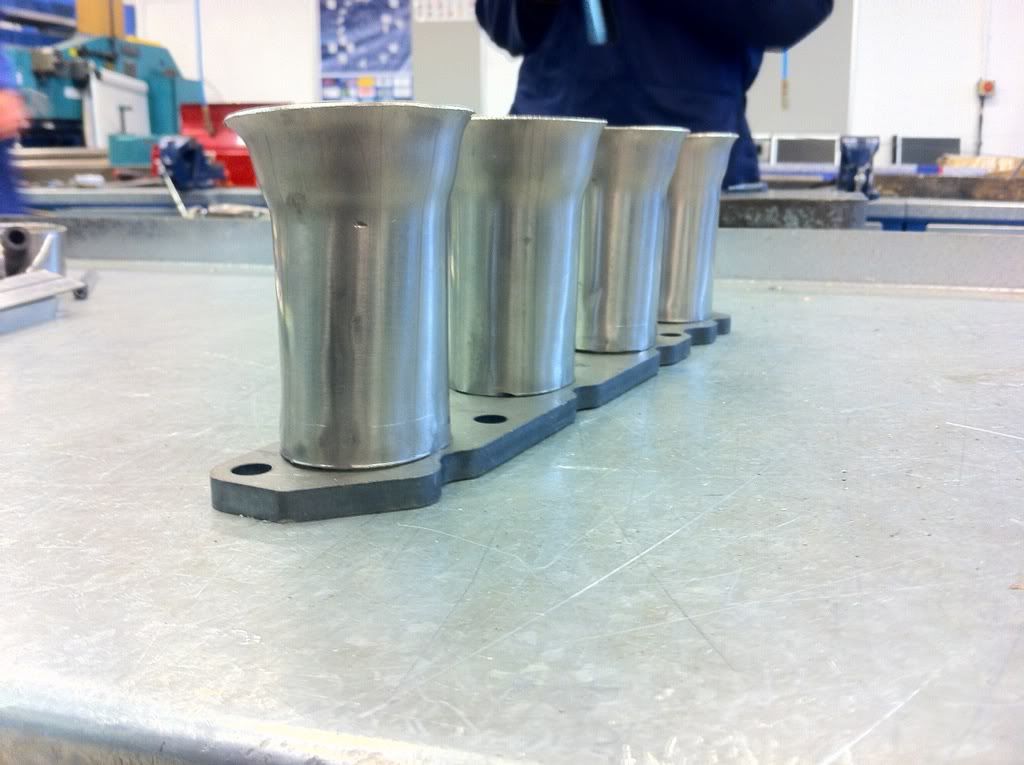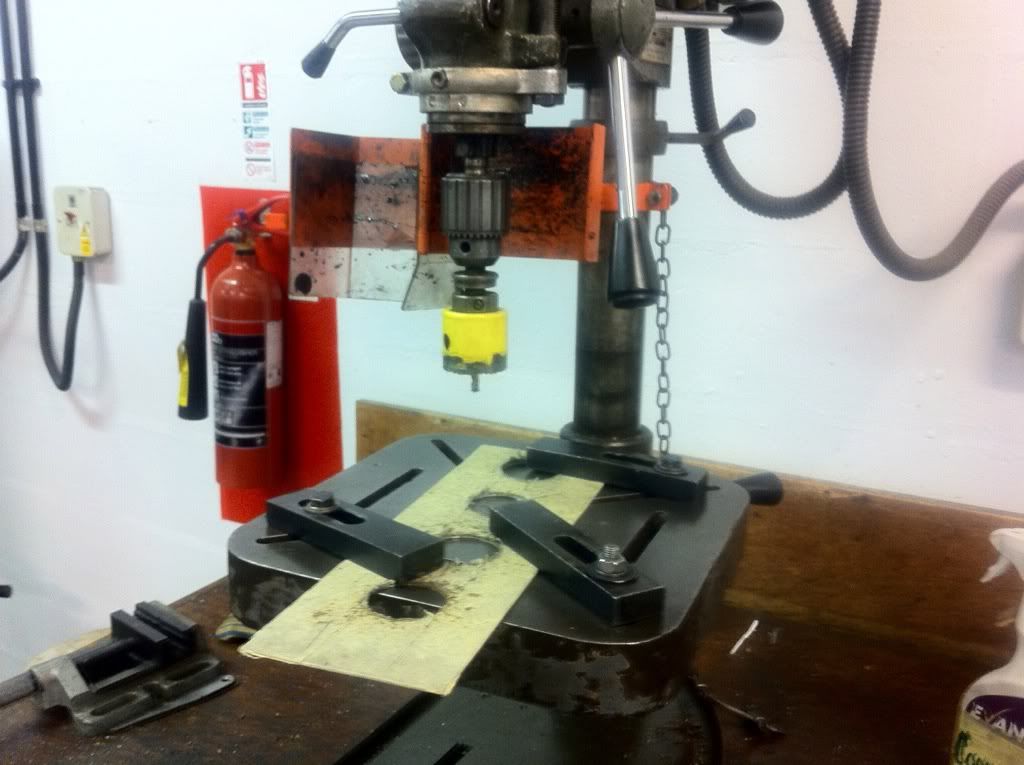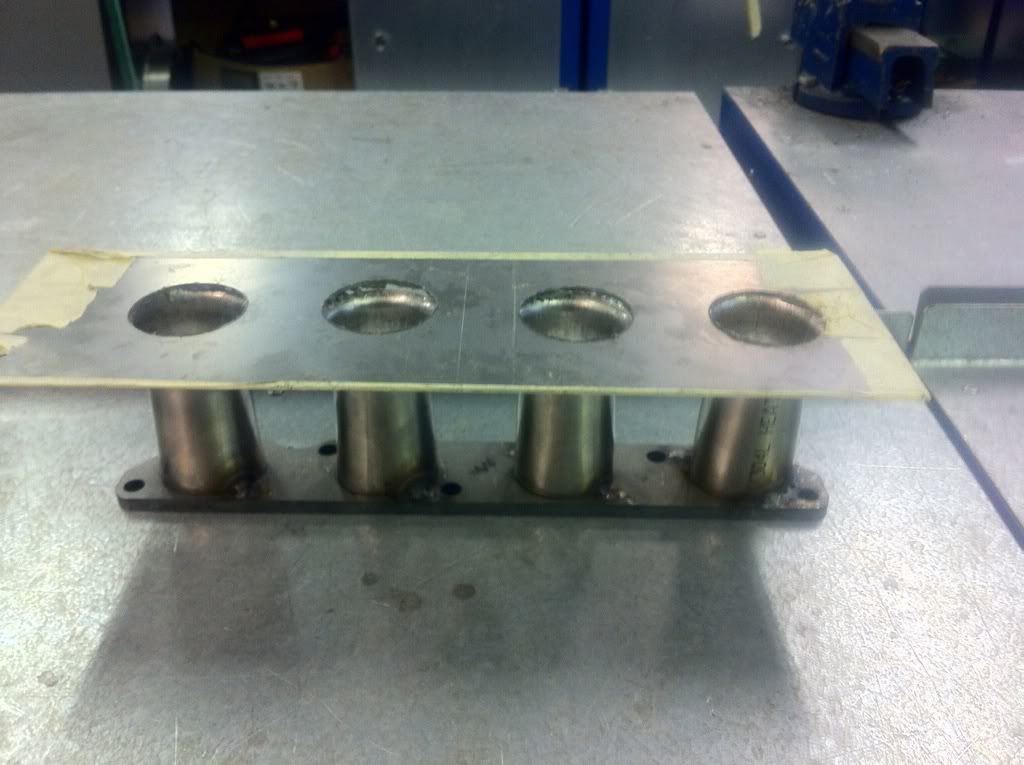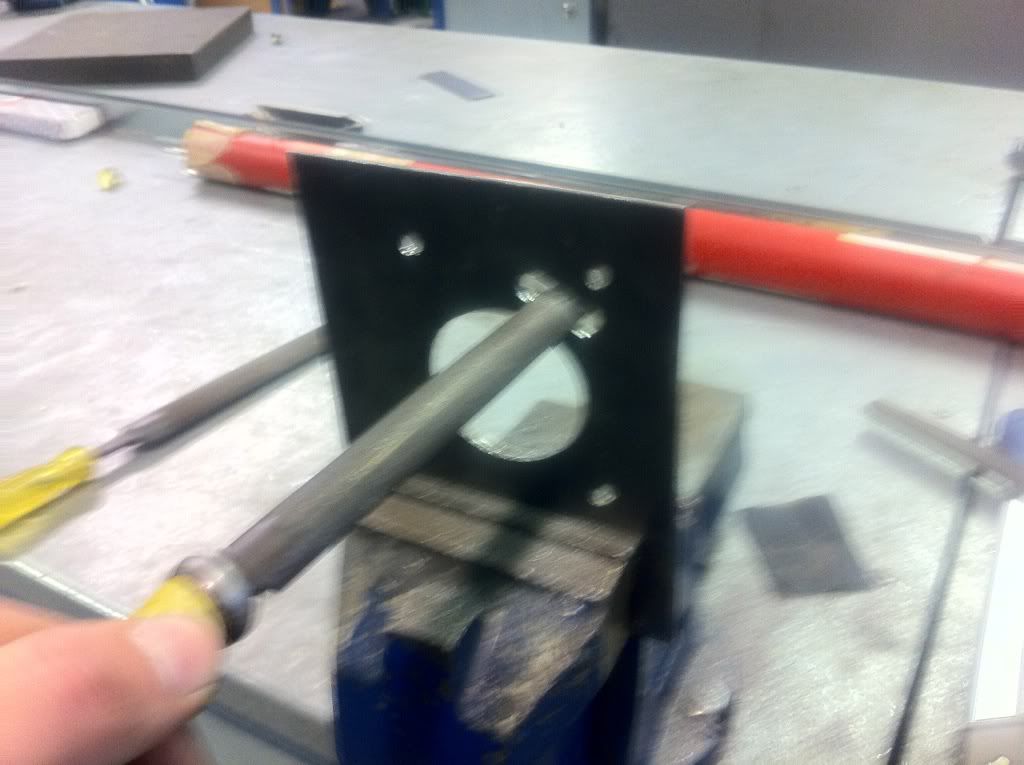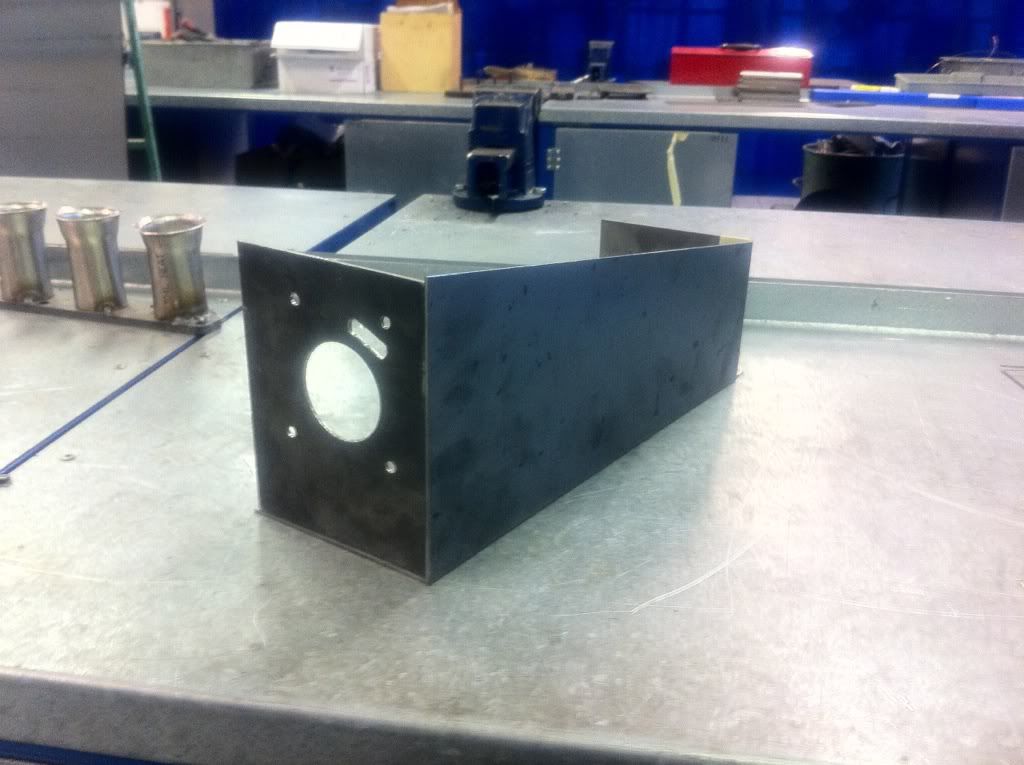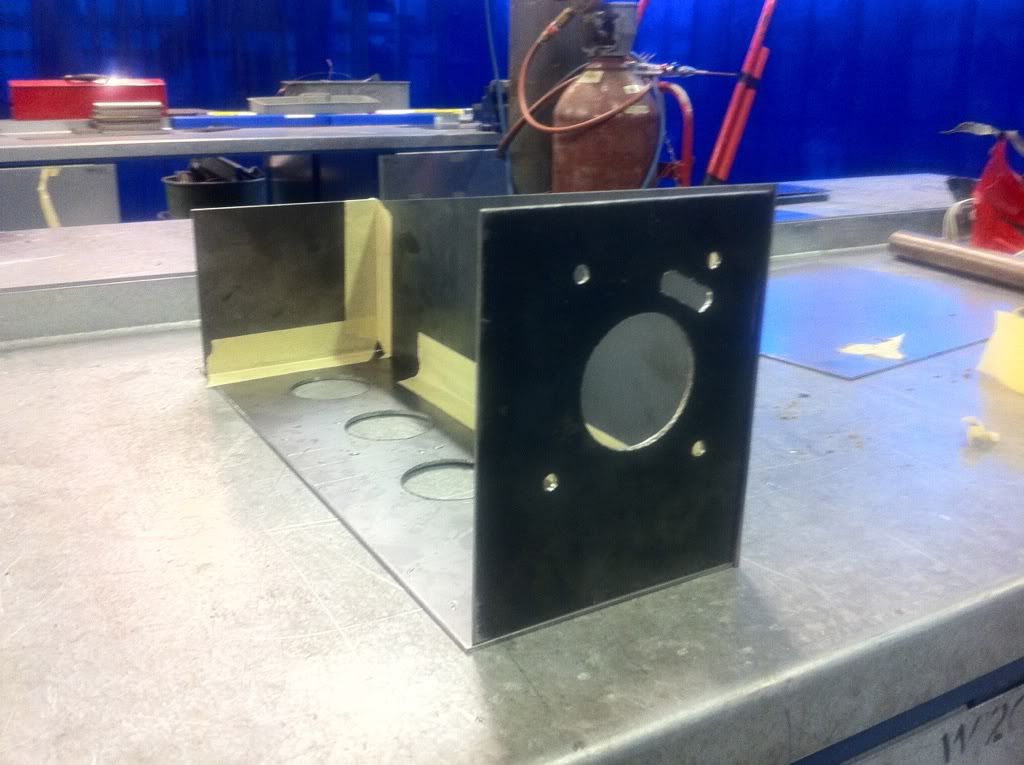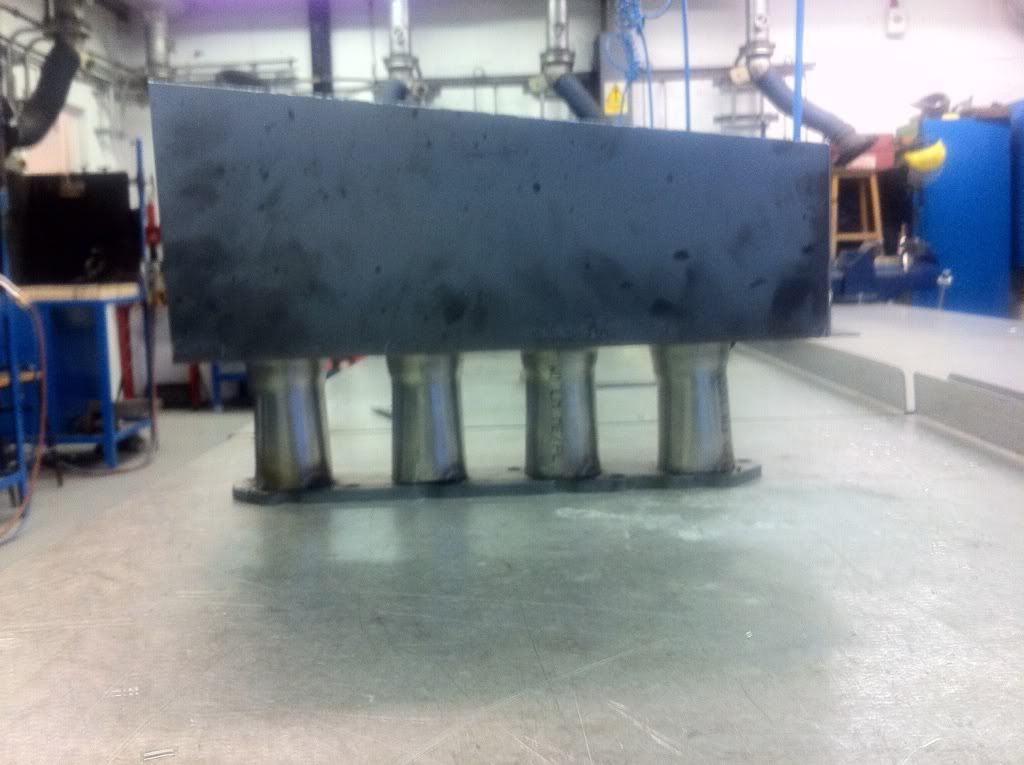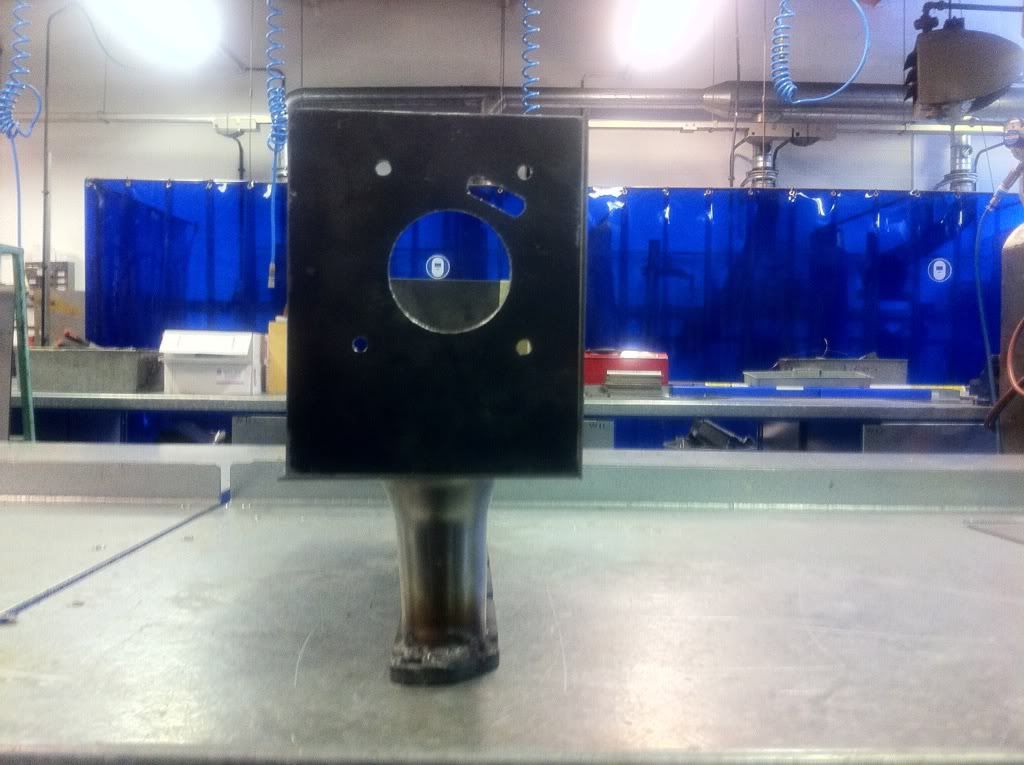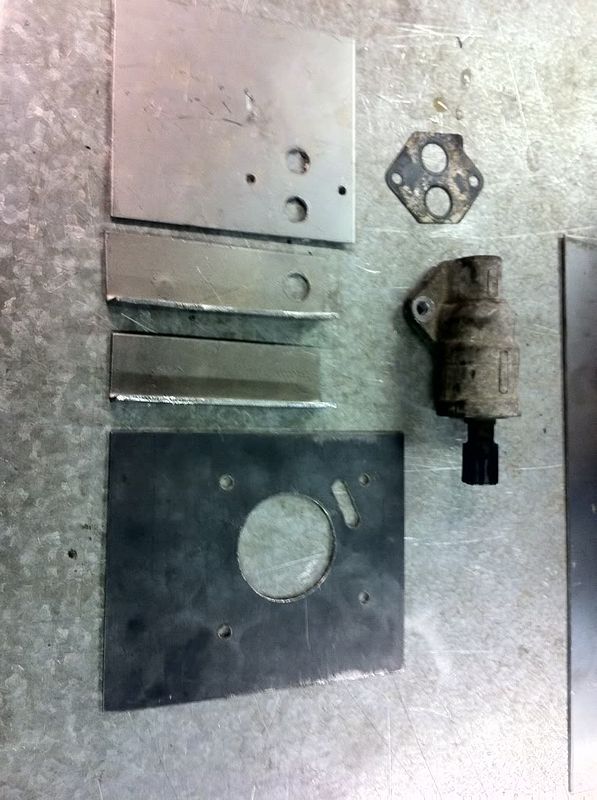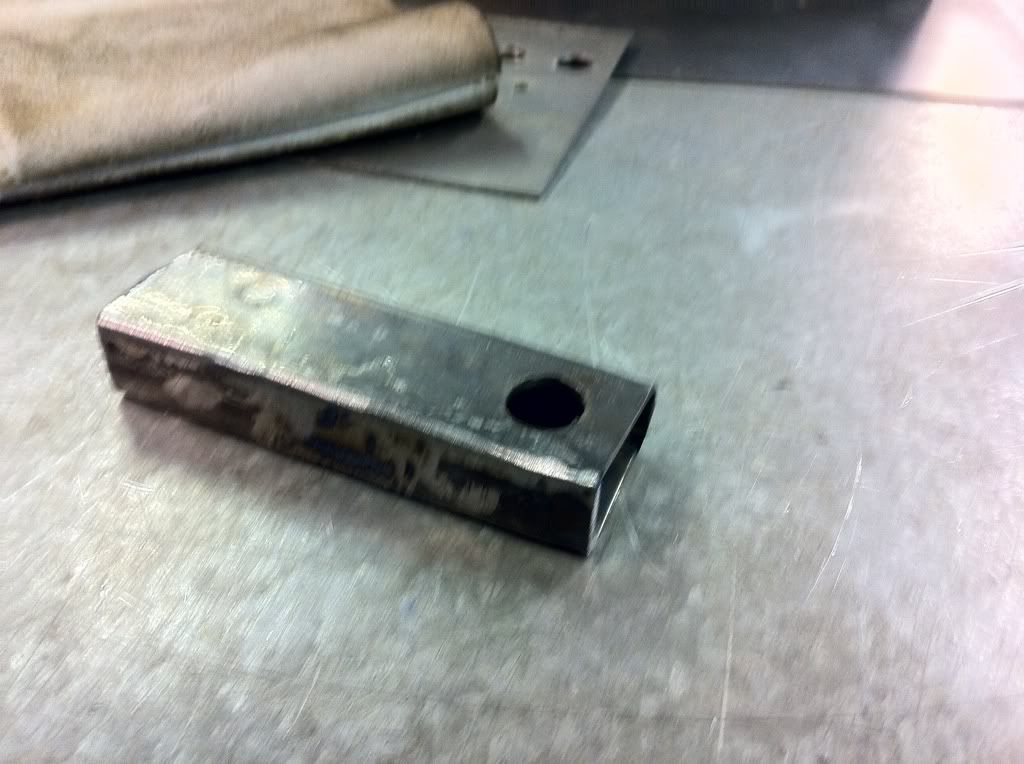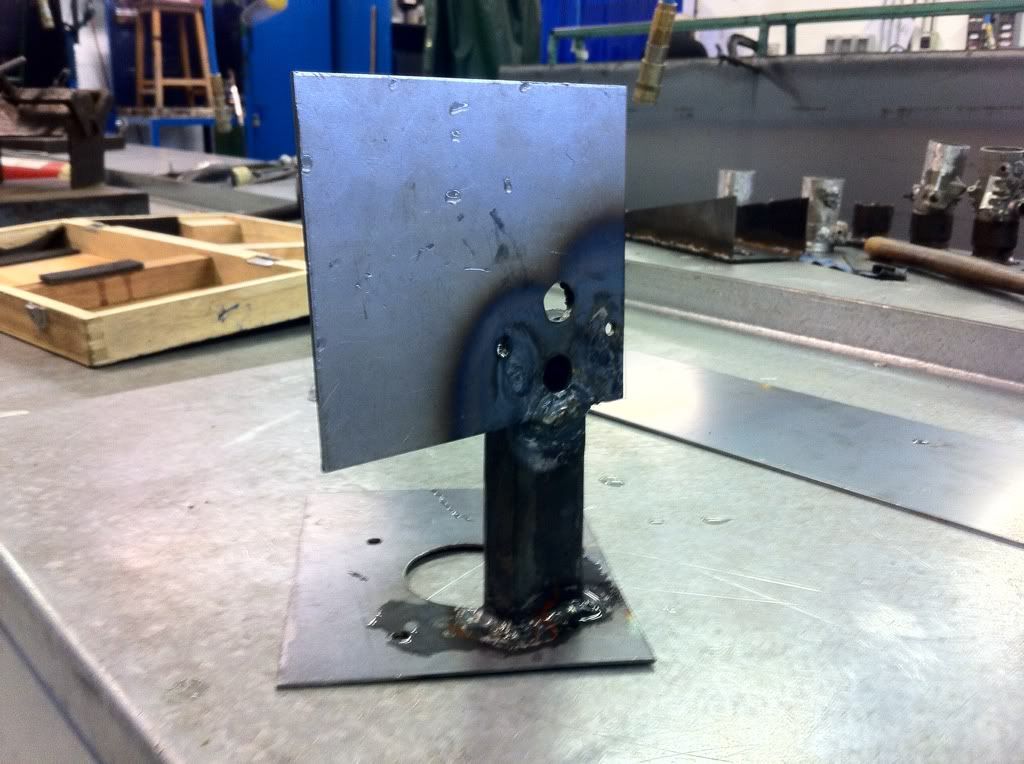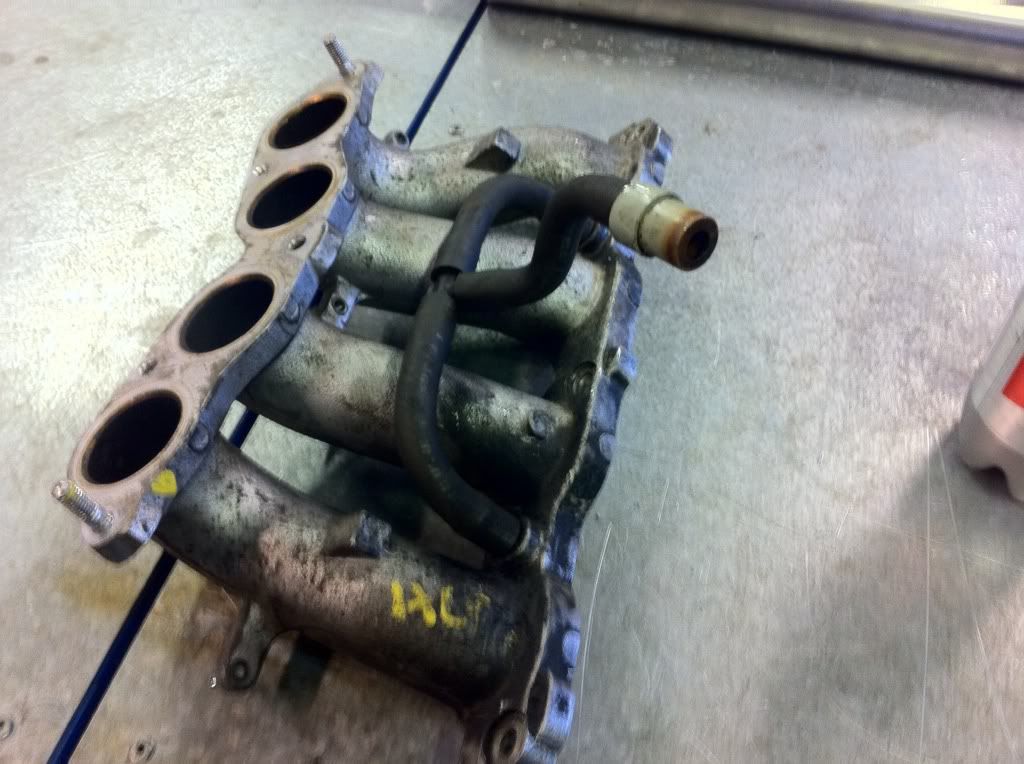[email protected]
New member
Hi all, I'm new to the site, thought I would start a thread of my girlfriends Puma (it is hopefully going to be mine soon with all the work i've done to it / she doesn't see much point running a 1.7 / I prefer it to my car lol)
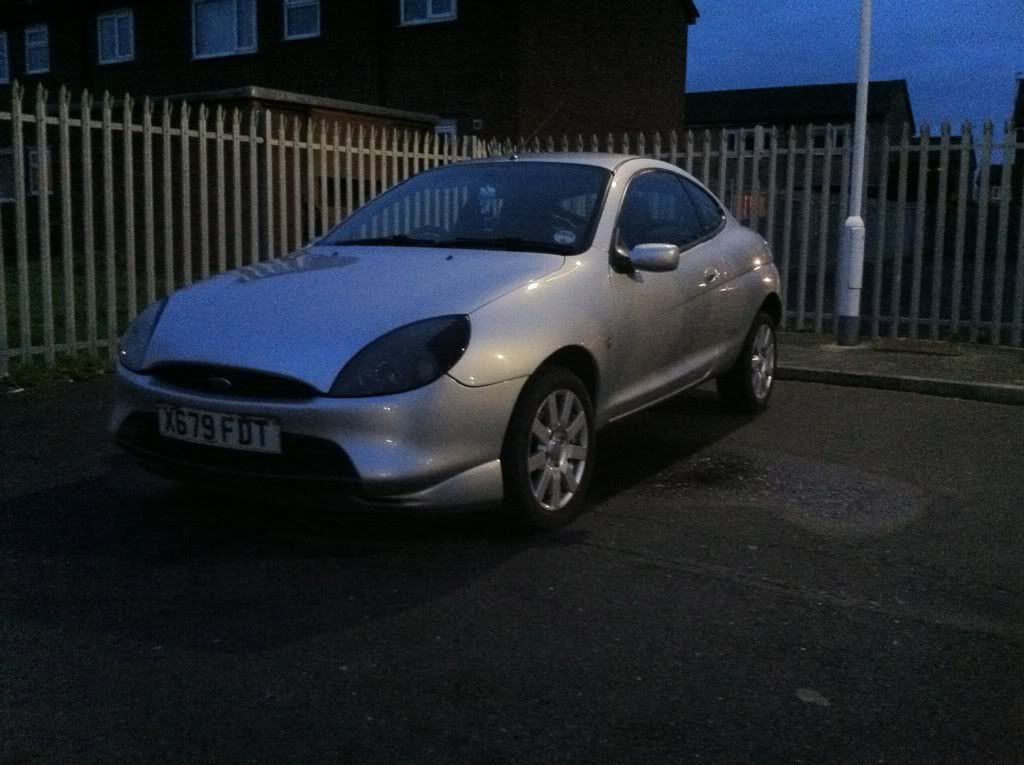
I Bought the car for £500, only had 78,000 on the clock with a long MOT (last year), was in very good condition but had bad rear arches (of course!) So... the work began! :roll:
Firstly, the O/S bottom ball joint had worn so it was banging around, replaced it with a nice shiny new one, plus some standard part Brembo discs and pads, I also fitted myself with some lunch in the form of a sandwich and chocolate fingers washed down with a nice cold beer p.s. was Friday afternoon, not a midweek morning! :wink:
p.s. was Friday afternoon, not a midweek morning! :wink:
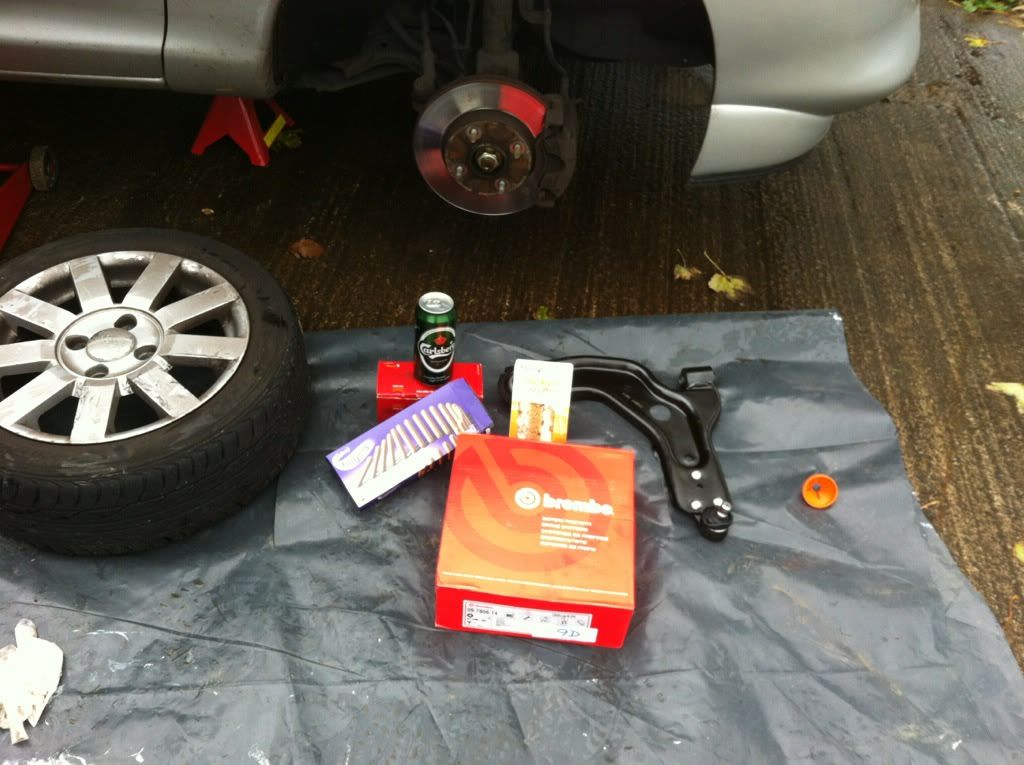
I am currently doing a degree in 'Autosport Engineering & Design' so for my major project I decided to build an intake manifold that benefits from the effects of pulse tuning for the Puma
So, to see how the puma was performing, I put in on the Uni's rolling road... I will note, the Puma hadn't been serviced at the time, the tyres could have done with a top up of air and the air box has been chopped up (sounds nice but will be robbing it of a horsepower or two), nevertheless it produced a fairly healthy 114.0bhp and 117.9ft/lb, with a top speed run of 132mph.
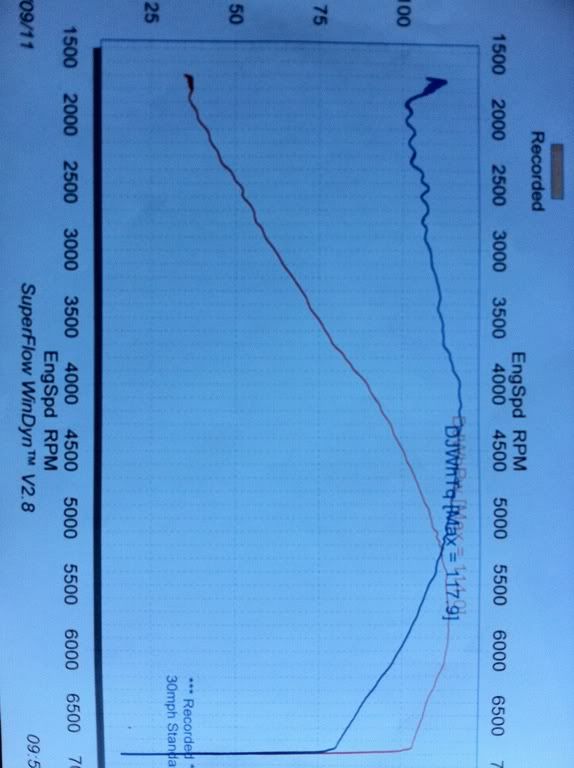
Next up was to tackle the rust (cheaply) - it was getting really bad, so without spending loads of money on a professional job, thought I'd have a go myself...
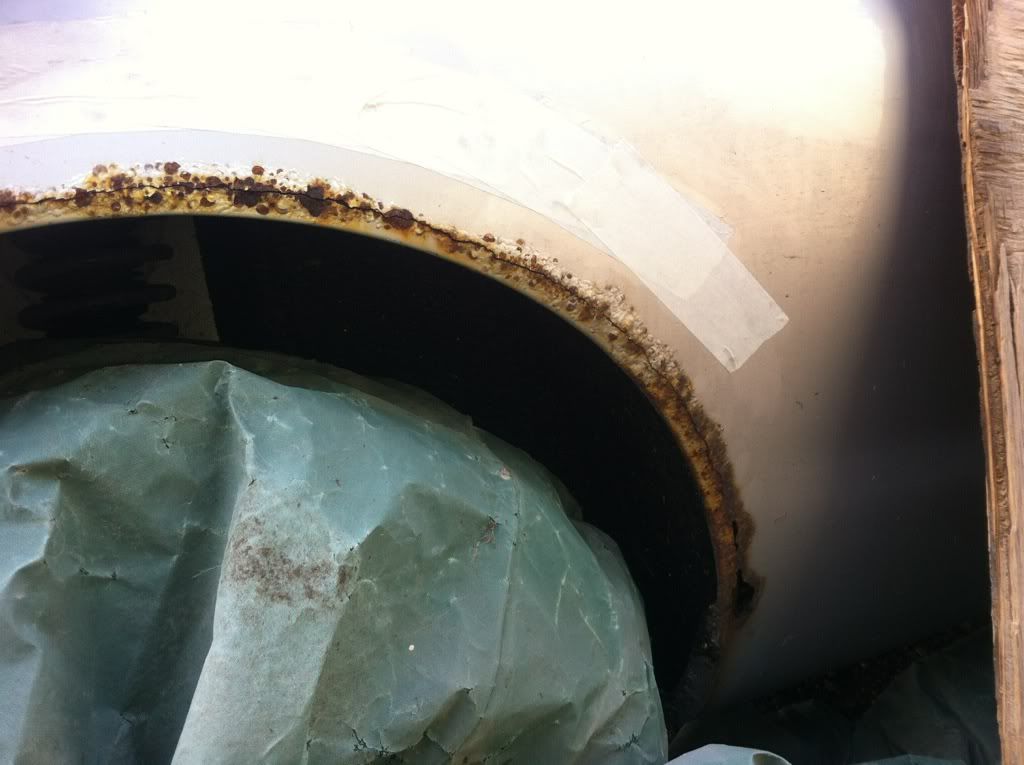
(this is the worst side)
Fortunately my girlfriends step-dad works as a sandblaster, so i got him to blast the rust off both arches.
For about £3 I bought some fibreglass putty, filled the big gaps brilliantly...
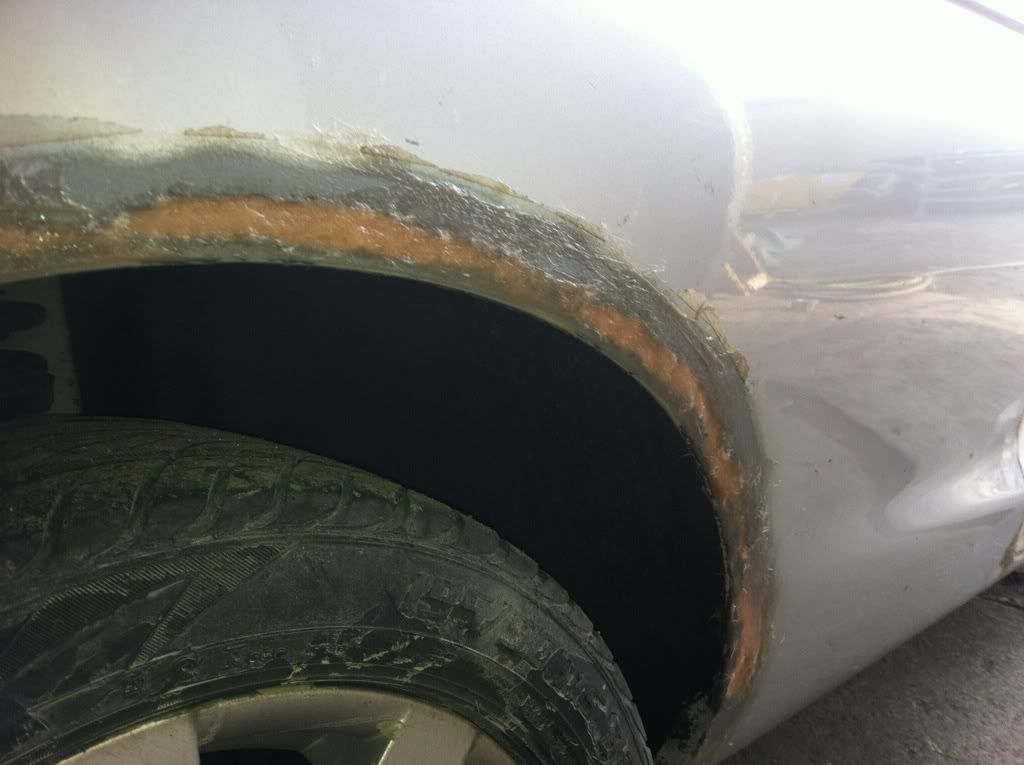
Sanded and then skimmed with normal filler...
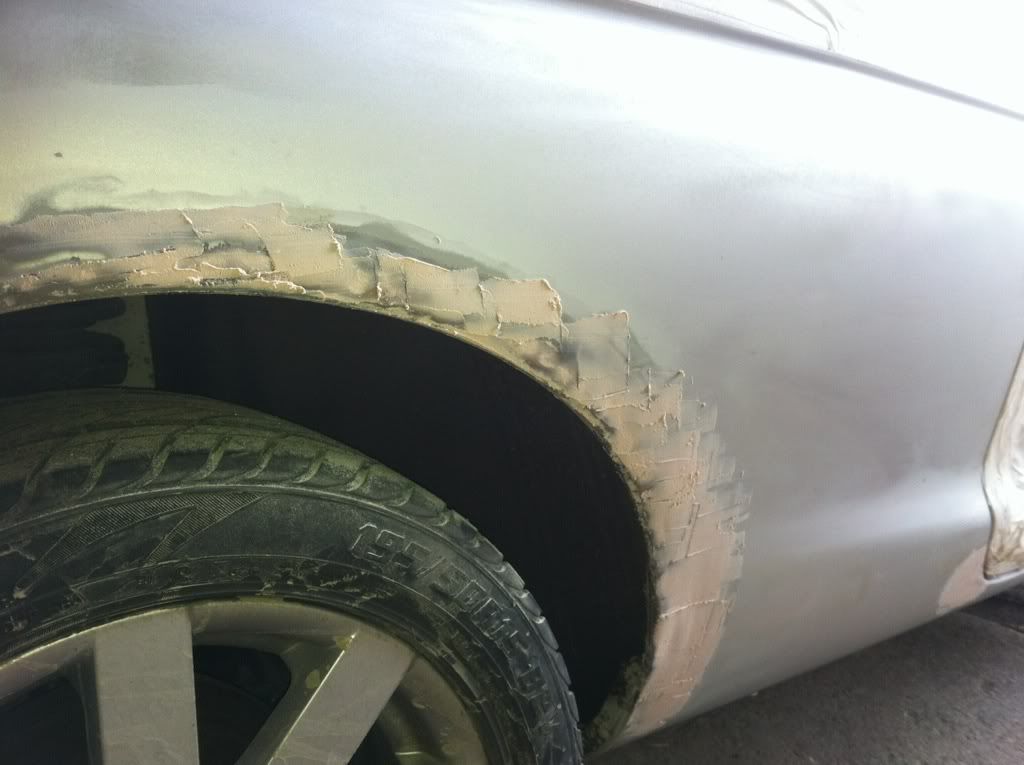
Then sanded...
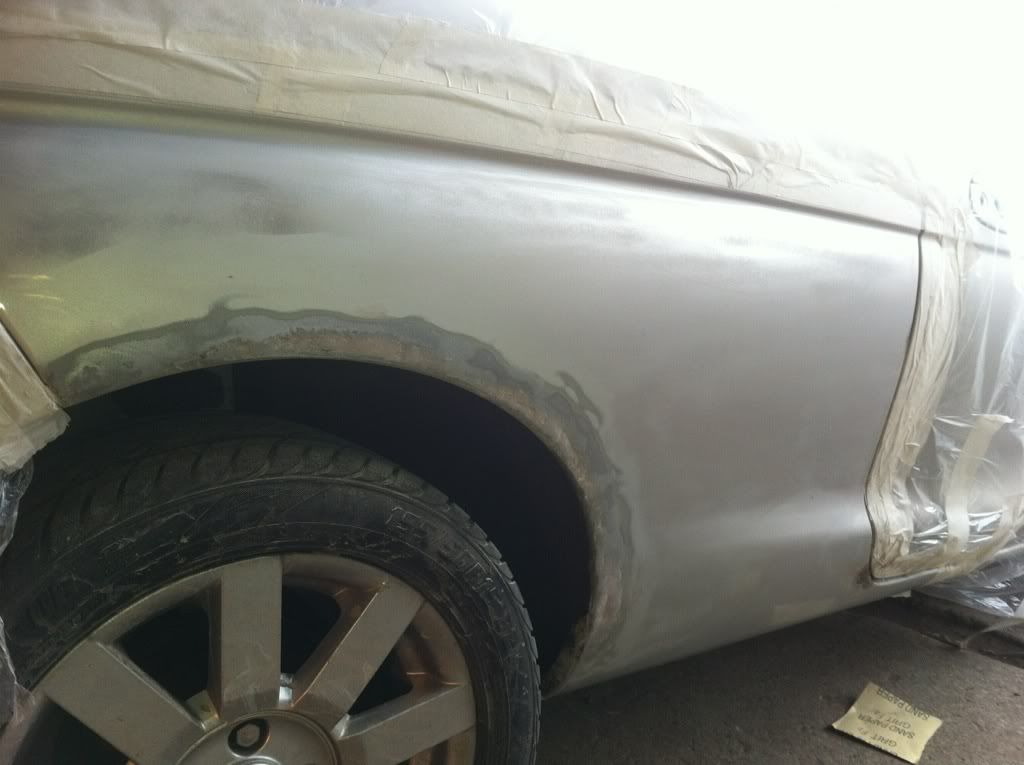
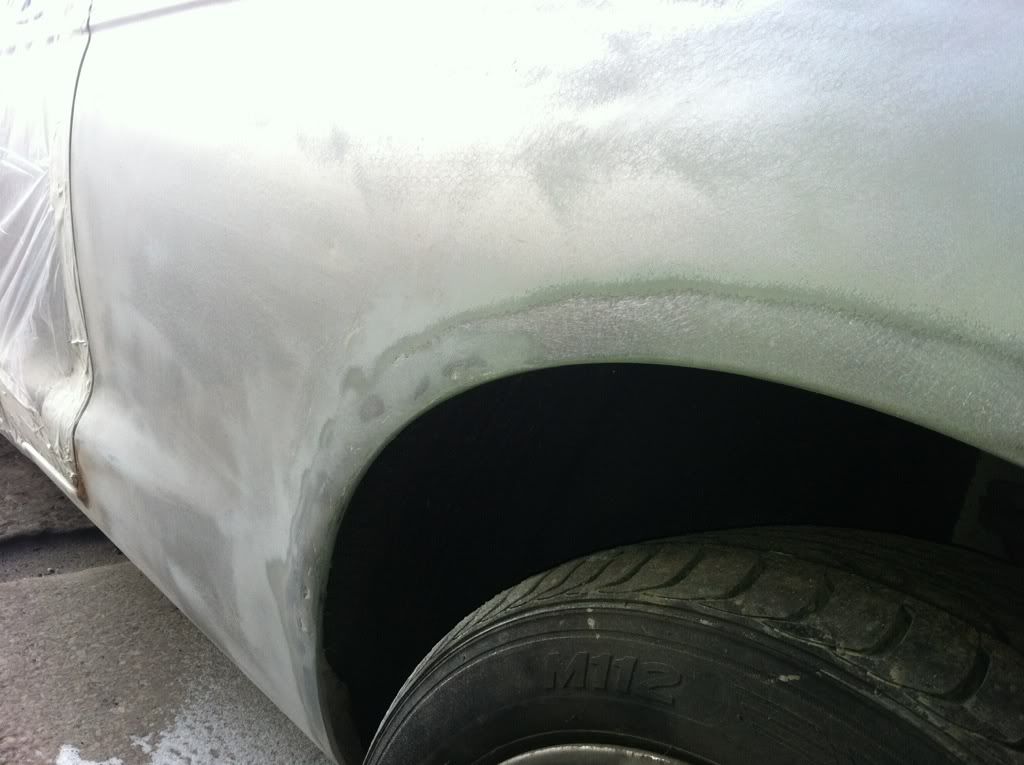
First coat of aerosol primer...

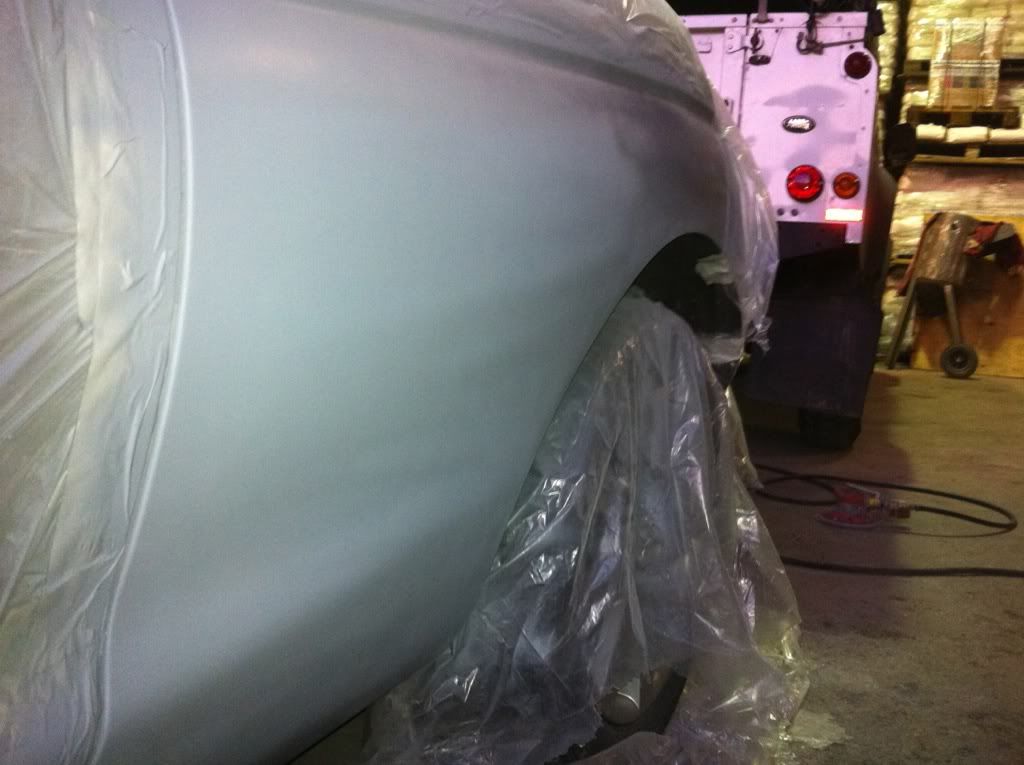
Second coat, and unmasked...
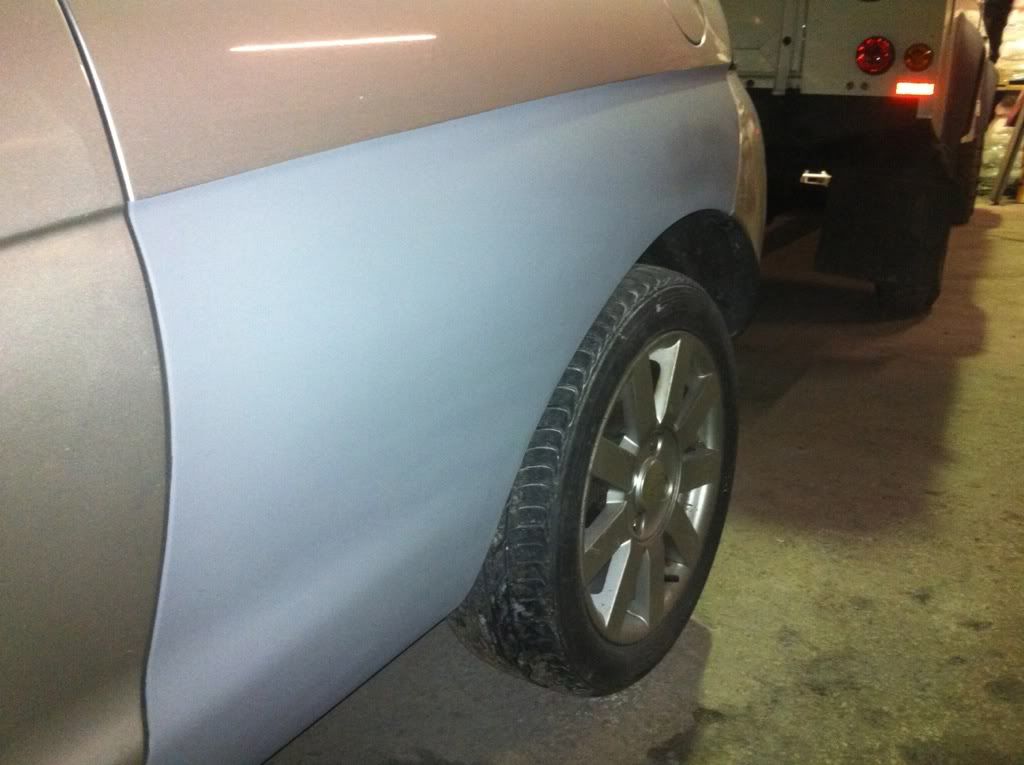
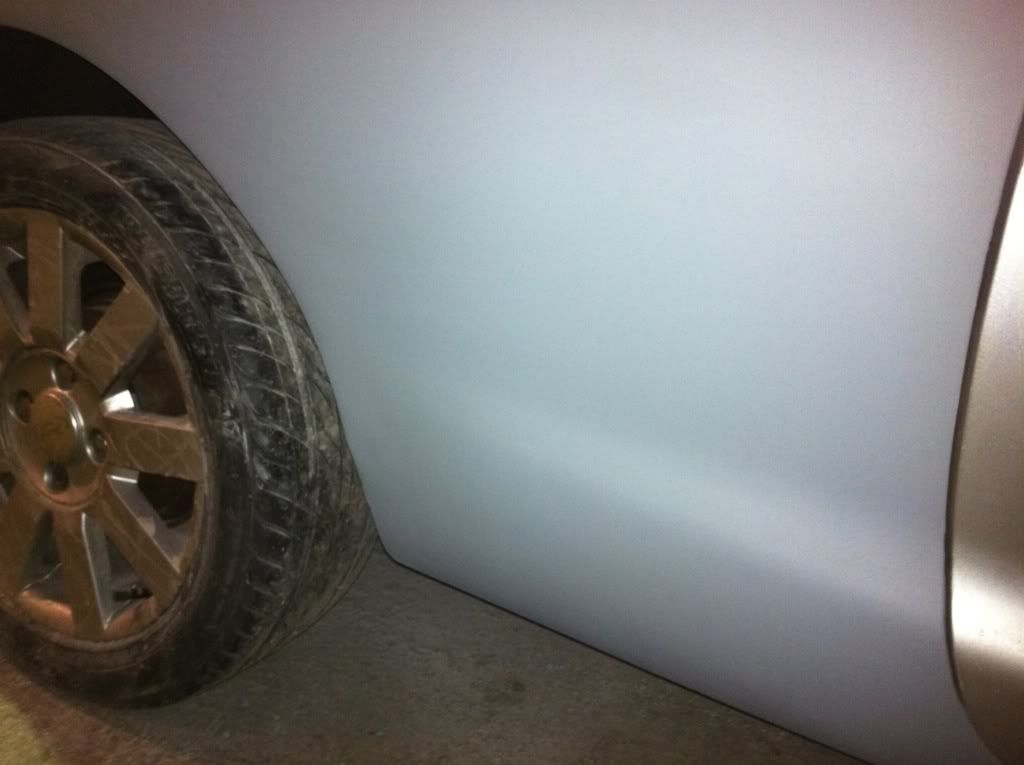
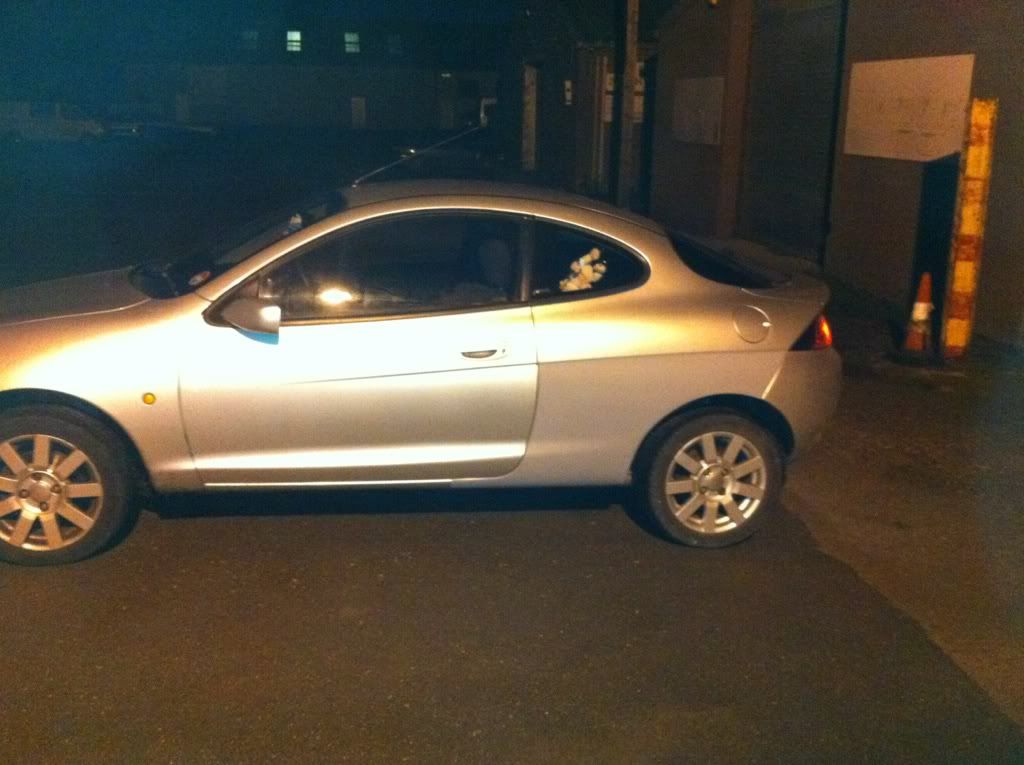
Then had the guy in the next unit paint it...
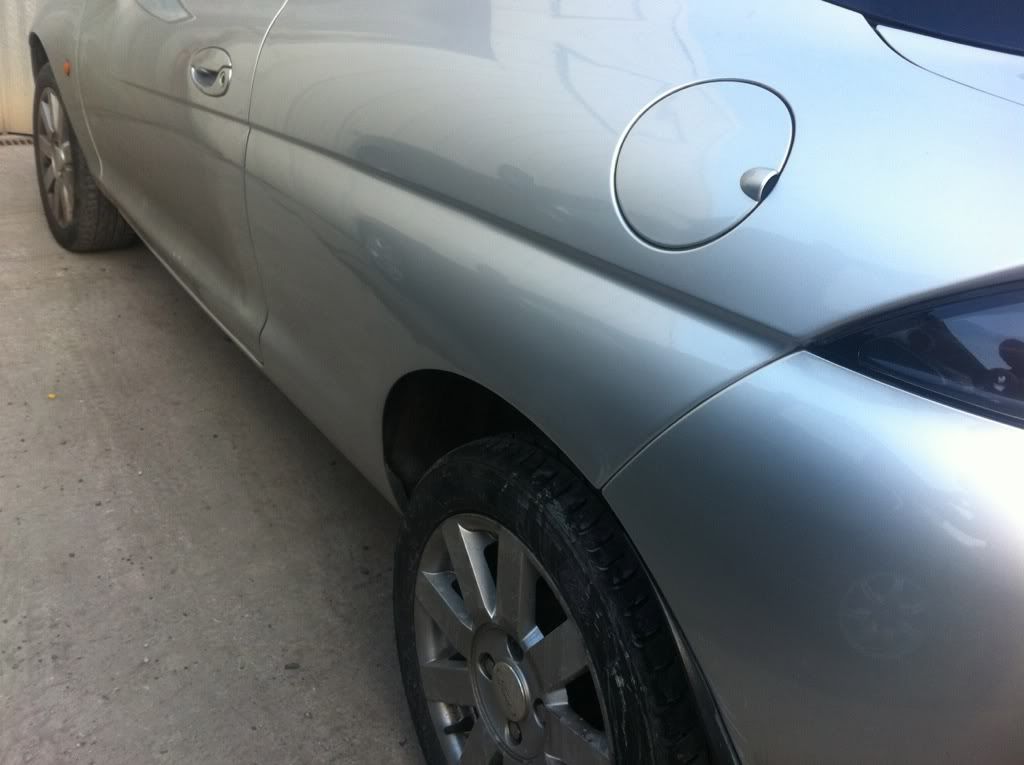
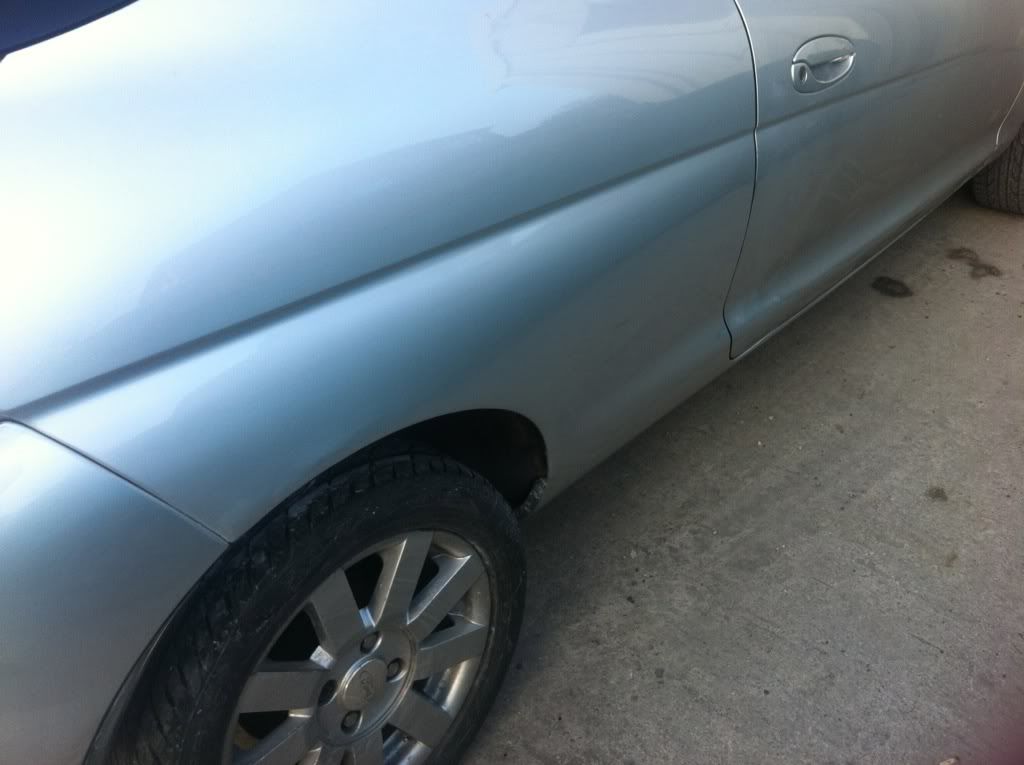
Cleaned all the dust out... (this is the only picture I can find thought)
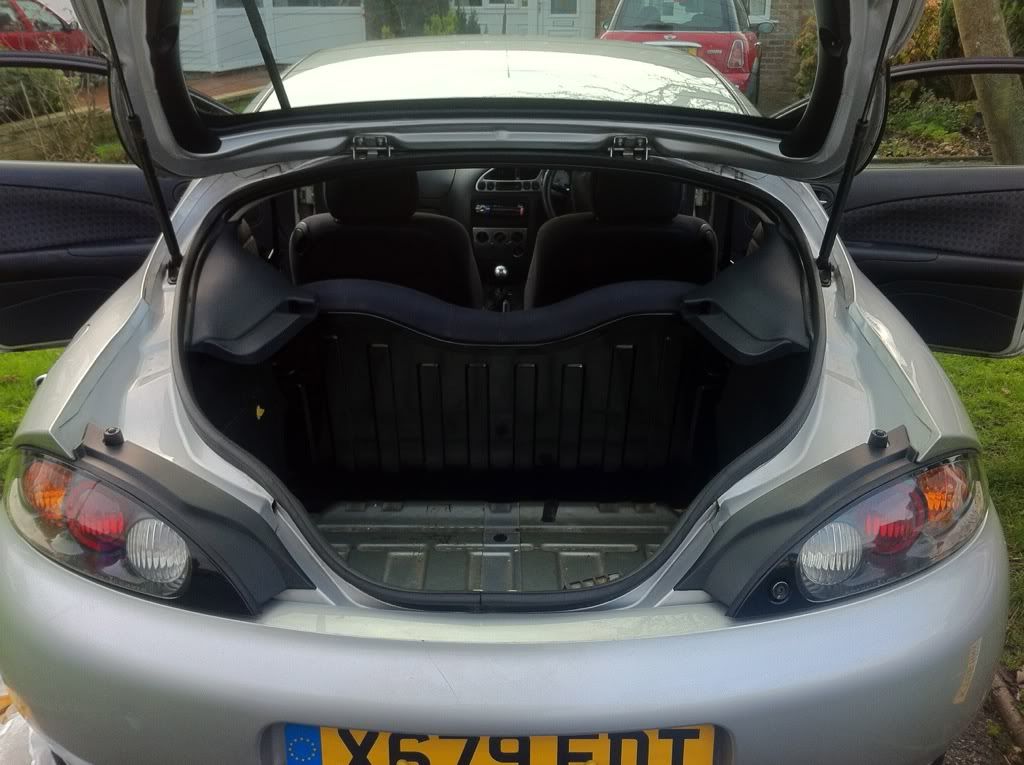
Next up is the intake manifold...
Lee

I Bought the car for £500, only had 78,000 on the clock with a long MOT (last year), was in very good condition but had bad rear arches (of course!) So... the work began! :roll:
Firstly, the O/S bottom ball joint had worn so it was banging around, replaced it with a nice shiny new one, plus some standard part Brembo discs and pads, I also fitted myself with some lunch in the form of a sandwich and chocolate fingers washed down with a nice cold beer

I am currently doing a degree in 'Autosport Engineering & Design' so for my major project I decided to build an intake manifold that benefits from the effects of pulse tuning for the Puma
So, to see how the puma was performing, I put in on the Uni's rolling road... I will note, the Puma hadn't been serviced at the time, the tyres could have done with a top up of air and the air box has been chopped up (sounds nice but will be robbing it of a horsepower or two), nevertheless it produced a fairly healthy 114.0bhp and 117.9ft/lb, with a top speed run of 132mph.

Next up was to tackle the rust (cheaply) - it was getting really bad, so without spending loads of money on a professional job, thought I'd have a go myself...

(this is the worst side)
Fortunately my girlfriends step-dad works as a sandblaster, so i got him to blast the rust off both arches.
For about £3 I bought some fibreglass putty, filled the big gaps brilliantly...

Sanded and then skimmed with normal filler...

Then sanded...


First coat of aerosol primer...


Second coat, and unmasked...



Then had the guy in the next unit paint it...


Cleaned all the dust out... (this is the only picture I can find thought)

Next up is the intake manifold...
Lee

